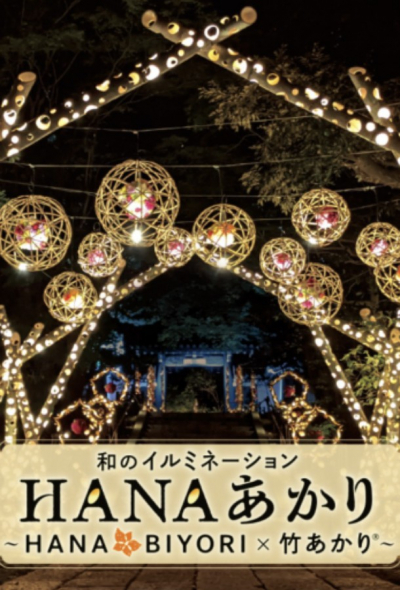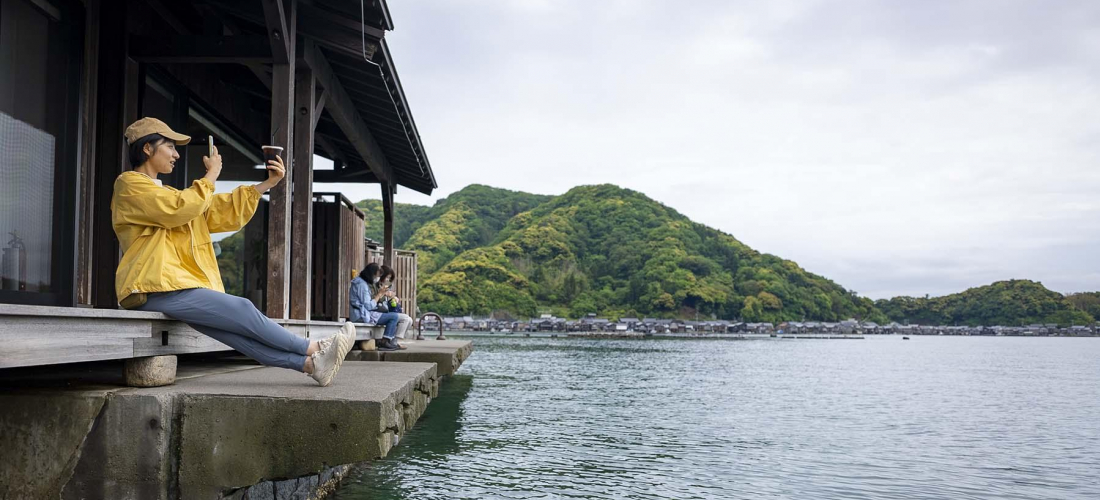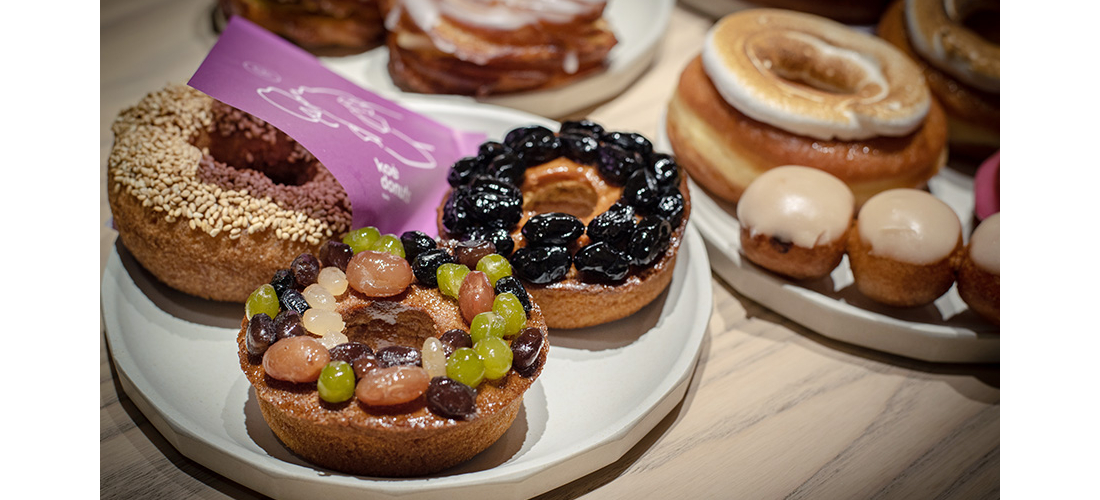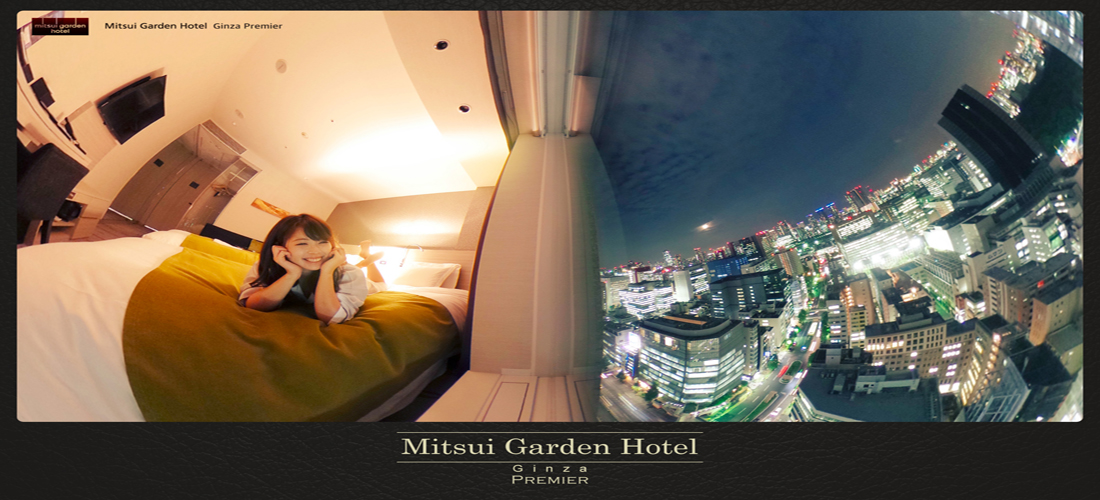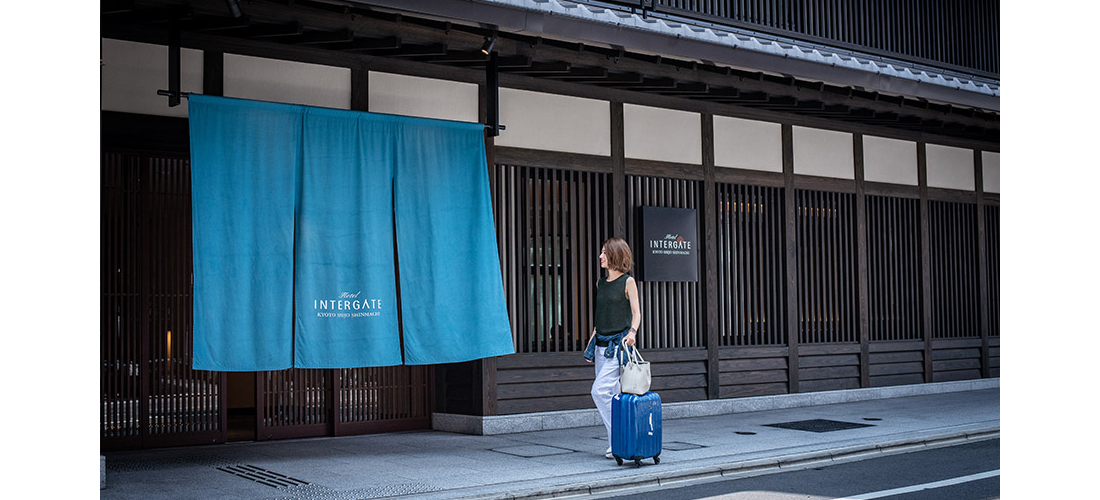
CONTENTS
In the past couple decades, Kyoto has transformed from a spot only found on the itineraries of temple fanatics, to a must-see destination for any visitor to Japan. Thanks to the beautifully preserved ancient streets and temples, side-by-side with booming cafe culture and haute cuisine, it’s no wonder travelers want to take a look. You wouldn’t want to miss Kinkakuji and Kiyomizudera Temples, Yasaka Shrine or Fushimi Inari! Kyoto’s hospitality sector has responded to this by opening hotels all over the city, in historical places like Shinmachi, a street once known for kimono fabric wholesales. On this road steeped in Kyoto tradition, you’ll find a hotel where you can experience a Japanese tea ceremony, authentic maiko performances, and much more.
※Regarding Our Travel Information During the Coronavirus Outbreak.
Due to the COVID-19 outbreak and efforts to prevent the spread of infection, some facilities may have altered opening dates and times, be partially closed, or have limited menus. Before leaving for your destination, please check its official website for the latest information. In areas still in some form of lockdown, we recommend you avoid going out unless necessary. Look out for more Japanese travel information to plan future trips, new every day on Japankuru!
Introducing Hotel Intergate Kyoto
A Hotel Immersed in Traditional Kyoto
If you're hoping to really feel Kyoto's traditional atmosphere during your stay, there's no better place to rest your head than the Shinmachi area. Once upon a time, the streets were home to a thriving kimono fabric wholesale district. Nowadays you'll find fewer places selling beautiful silk cloth throughout the narrow alleys, but the gorgeous old buildings and Japanese architecture from that time remain.
Simple, traditional noren (のれん) curtains grace the entrance to Hotel Intergate Kyoto, emblazoned with the hotel's name.
Hotel Intergate Kyoto Shijo Shinmachi (ホテルインターゲート京都 四条新町)
Address: 387 Mukadeya-cho, Nishikikoji-agaru, Shinmachi-dori, Nakagyo-ku, Kyoto
Phone: +81-75-255-2221
Check-in/out: 15:00/11:00
Official Website (en)
Embrace the Kyoto Atmosphere, Even Inside Your Hotel
The hotel is full of comfortable spaces to relax in, and generally uses Western-style furnishings, but thanks to kimono fabric and wooden decoration, plus touches of natural beauty, you'll never forget what part of the world you're staying in.
The four seasons, and observing the way nature changes as the months pass by, are inextricable parts of Japanese culture. Hotel Intergate Kyoto takes this into account, putting a traditional garden right in the center of the lobby. As the seasons change and green leaves turn red and orange, and then eventually get covered in a light dusting of crystalline snow, guests can enjoy the view from their comfortable sofa.
The rooms tend towards simplicity, with warm lighting and spacious seating. Thanks to the small touches like elegant bed covers and windows decorated with traditional paper screens, it still feels like Kyoto. This deluxe twin room has spacious mattresses perfect for sleeping in on, when you need a late morning.
Japanese hotel rooms can sometimes be cramped, but this junior suite has tons of space to hang around in. Coming back from a full day of sightseeing, after being squished in crowded trains and pushed along by waves of people on Shijo Street, you can really stretch out on the roomy sofas. Take advantage of the room's tea set up and electric kettle for a relaxing evening.
Larger groups might appreciate the convenience of the hotel's handy connecting rooms. Two twin rooms are connected by a doorway on the inner wall, giving guests as much interaction or privacy as they want. If you're traveling as a family or a group of friends, especially with multiple couples, this setup might be particularly convenient for you.
When you want to dive right into Japanese culture, slip into the hotel's public bath, on the ground floor. This kind of large communal bath, called a daiyokujo (大浴場), is a bit like a giant, luxuriant hot tub. You can use one of the conveniently partitioned areas to clean yourself off before settling into the tranquil bathwater. The room's windows look out into another compact traditional garden, bringing the outdoors in.
Unfortunately, like many public baths in Japan, this one is off-limits to heavily tattooed guests. If you just have some small pieces that can be easily covered, however, you're welcome to take a dip (you can even get a bandaid-like tattoo cover from the front desk).
All-Day Service at the Hotel Lounge
If you're not expecting much from the hotel lounge, think again. This comfortable room is where paid breakfast is served, but it's open for use throughout the day, offering a frankly impressive spread of complimentary drinks and snacks.
6:00 to 7:00 | Bright and Early Morning Coffee & Smoothies
The hotel starts off every morning with an hour of specialty coffee service. The pour-over coffee is carefully made one cup at a time, giving you the freshest possible flavor.
They use Kyo Coffee, special to the Kyoto area. Considering Kyoto's long history of delicious cuisine and the recent trend of local coffee culture, you know you're getting a good cup of joe.
The hotel staff concentrate on making simple cups of coffee with exquisite flavor, maximizing subtle aromas.
7:00 to 10:30 | The Breakfast Buffet
Last Order 10:00
This buffet is sure to appeal to everyone, with its wide variety of offerings. You'll find traditional Japanese choices, like fish and plentiful vegetables, alongside Western options like frittata, potatoes, sausage, and a generous selection of freshly-baked bread. The hotel recommends you try a croissant, or one of their skillfully made sweet pastries – we wouldn't say no to that, but also want to recommend some of the more out-there dishes. Try a bowl of their original minestrone-style soup with your breakfast!
10:30 to 21:00 | Tea & Snacks
For most of the day, the lounge functions as a free space for guests. When you want to relax before making a late start one day, get some trip planning done, or return to the conveniently located hotel for a little break, the room is open to you.
The complimentary snacks are sure to impress. Alongside a variety of teas, you can nibble on pastries or a stack of pancakes (try topping them with one of the hotel's four different kinds of honey!)
17:00 to 19:00 | Come Back Early for Happy Hour!
Looking for a nice place to have a quiet drink and chat with your travel companions in the evenings? Look no further than Hotel Intergate Kyoto's lounge itself, which transforms into a wine bar every evening. Take a seat on the comfortable sofas, and sip on some of the complimentary wine and cocktails!
If you're not quite satisfied with the free options, you can order some paid drinks from the bar, like beer or Japanese sake.
21:00 to 23:00 | Late-Night Snacks, Kyoto Style!
After a night out, or in at the hotel's happy hour, it can be tempting to grab a heavy bowl of ramen or too many snacks at the convenience store. Why not treat yourself to something equally delicious, easier on the stomach, and far more intriguing (and free!) instead.
The hotel offers nightly ochazuke (お茶漬け), a dish made with a variety of toppings on rice, finished with a healthy pour of savory green tea-based broth. Some might call it Japan's fast food of the Edo era. Thanks to the 15 different Kyoto-style toppings (fish, fresh & pickled veggies, etc), you can sample all kinds of flavors, and make yourself the perfect bowl.
Japanese Cultural Experiences, Right in Your Hotel
Looking for a Place to Experience Traditional Kyoto?
It doesn't get much more convenient than this! If you want to experience a little bit of everything when it comes to Kyoto culture, you'll love the options available in Hotel Intergate Kyoto's lounge. Learn more about Japanese tea ceremony, traditional crafts like candle painting, and the performances of Kyoto's maiko (geisha) right then and there.
Make matcha for your own little tea ceremony.
Interested in learning how to make a proper cup of matcha? Just ask at the front desk, and you can have your own little workshop. A knowledgable staff member will bring out famous local Uji matcha, bowls, and utensils, and teach you a little about the Urasenke school of Japanese tea ceremony as they guide you through the process of making a frothy bowl of the deep green tea (in English!).
Hours: any time 15:00 – 20:00
Price: 500 yen
(More in-depth workshops available on occasion.)
Paint your own traditional candle.
Interested in making your own unique Kyoto souvenir? Speak to a member of staff, and they'll set you up with the materials to paint a traditional candle, one of Kyoto's long-standing handicrafts. After learning a little about the kinds of designs you'll often find on the candles, they'll set you loose on your own waxy canvas.
Hours: any time 15:00 – 20:00
Price: 1,000 yen/1,500 yen/2,000 yen (depending on candle size)
(More in-depth workshops available on occasion.)
Spend an evening with one of Kyoto’s maiko performers.
Even in Kyoto, where maiko and geisha culture still thrives, chances for tourists to see real maiko performances are rare, and usually quite expensive. Entrance to one of the upscale establishments these traditional entertainers frequent is essentially impossible for visiting travelers, thanks to the exclusive culture. Which is why the performance events at Hotel Intergate Kyoto are such a treat! Enjoy the show, and the chance to take a commemorative photo.
You might even get a chance to try playing a traditional Japanese game with the maiko!
Hours: 20:30 – 22:00
Price: Hotel Guests 3,500 yen/Outside Visitors 4,000 yen/Photos with the Maiko 1,000 yen each
(Advance reservations are necessary, so be sure to check the hotel's official website for dates! The maiko show is held once a month; you might want to plan around it.)
Sightseeing Around the Hotel
Some of Kyoto’s Must-See Spots!
① Fushimi Inari Shrine (伏見稲荷大社)
These days it's hardly a trip to Kyoto without a stop at the Fushimi Inari Shrine, known for its many vermillion torii (鳥居, shrine gates). It's sometimes called Fushimi Inari of the Thousand Torii, but in reality the number of shrine gates might be ten times that! Wander into the mountain and you can explore paths where the gates spread out along the hillside. Since Inari is associated with foxes, you're bound to find some pointy noses peeking out at you (though they might just be carved from stone)!
② Kinkakuji Temple, The Golden Pavillion (金閣寺)
One look at Kinkakuji, and you'll have no questions as to why it's called the Golden Pavillion. Many consider it the most beautiful temple in Kyoto, a city of gorgeous religious structures. Gleaming walls covered in gold leaf reflect off the calm pond waters that surround it, leaving visitors breathless.
③ Yasaka Shrine (八坂神社)
One of Kyoto's most famous shrines, this brightly-painted complex sits at the end of Shijo Street, next to the picturesque neighborhood of Gion. As a shrine, it's popular with visitors praying for financial prosperity and business success. Try stopping by to ask the Shinto gods for a leg up in your own career.
Yasaka Shrine is deeply connected to Kyoto's biggest festival, the Gion Festival, which takes over huge chunks of downtown Kyoto every July. Festivities spill into the street, and while it's all a little like a huge party, the Gion Festival does disrupt the everyday flow of Kyoto life and the Yasaka Shrine. Take it into consideration if you're planning a July trip.
If you walk past the Yasaka Shrine grounds and turn south, you'll find yourself exploring some of the most quaintly traditional streets in Kyoto. Alongside the narrow alleys are Kodaiji Temple and Hokanji Temple (the 5-storied pagoda), and lots of little shops centered around Ninenzaka and Sannenzaka Streets. Keep climbing up the hill, following the flow of people wandering along the popular streets, and you'll end up at the famous Kiyomizudera Temple.
Trendy Hot Spots
① Koe Donuts
Found on the covered Shinkyogoku shopping street, this donut shop has been drawing lots of attention since it opened a few years ago. Opened by a modern lifestyle brand, the organic and ethical donuts go well with the Koe brand concept of "new basic for new culture." Of course, many customers are drawn in attracted by the dramatic interior design from famous architectural designer Kengo Kuma, created using local bamboo.

② Yasaka Koshindo Temple (八坂庚申堂)
Not far from the brightly painted buildings of Yasaka Shrine, Yasaka Koshindo Temple is perhaps the most colorful temple in Kyoto. It's nestled into the many side streets found around Hokanji, Ninenzaka, and Sannenzaka, so peeking through the entrance you might be startled by the burst of color inside the walls. Of course, the flashy backdrops and interesting history make this spot certified insta-worthy. Finish your trip with a bang, and a great new profile picture.

Delve into Japanese Culture from Morning to Night!
Start your day on the historical street of Shinmachi, eating a Japanese breakfast and admiring the garden, before you head out to see some of Kyoto's most iconic temples and shrines. Grab a donut topped with beans before you head back to the hotel, where you can relax in the lounge and learn how to make the perfect cup of matcha, or a beautiful traditional candle. Finish the night by viewing a maiko performance and chowing down on a bowl of ochazuke, and you won't doubt for a second where you are. With a trip like this, you'll get the full Kyoto experience in no time!
Details
NAME:Hotel Intergate Kyoto Shijo Shinmachi (ホテルインターゲート京都 四条新町)
MAP
ACCESS:Karasuma Station (烏丸駅)
CONTACT TEL:+81 75-255-2221
COMMENT
FEATURED MEDIA
VIEW MOREMAP OF JAPAN
SEARCH BY REGION

LATEST
VIEW MOREEVENT CALENDAR
VIEW MOREMOST POPULAR
 Tokyo Winter Recommendation: Don’t Miss Tokyo Mega Illumination, Japan’s #1 Light Show
Tokyo Winter Recommendation: Don’t Miss Tokyo Mega Illumination, Japan’s #1 Light Show ป้ายยาสินค้าน่าซื้อในร้านขายยาญี่ปุ่น | KOWA ผลิตภัณฑ์เพื่อสุขภาพสำหรับคนยุคใหม่
ป้ายยาสินค้าน่าซื้อในร้านขายยาญี่ปุ่น | KOWA ผลิตภัณฑ์เพื่อสุขภาพสำหรับคนยุคใหม่ Okinawa Family Road Trip: Japanese Glasses Shopping at San-A Urasoe West Coast PARCO CITY, Discount Coupons, & Okinawa Sightseeing with JINS
Okinawa Family Road Trip: Japanese Glasses Shopping at San-A Urasoe West Coast PARCO CITY, Discount Coupons, & Okinawa Sightseeing with JINS

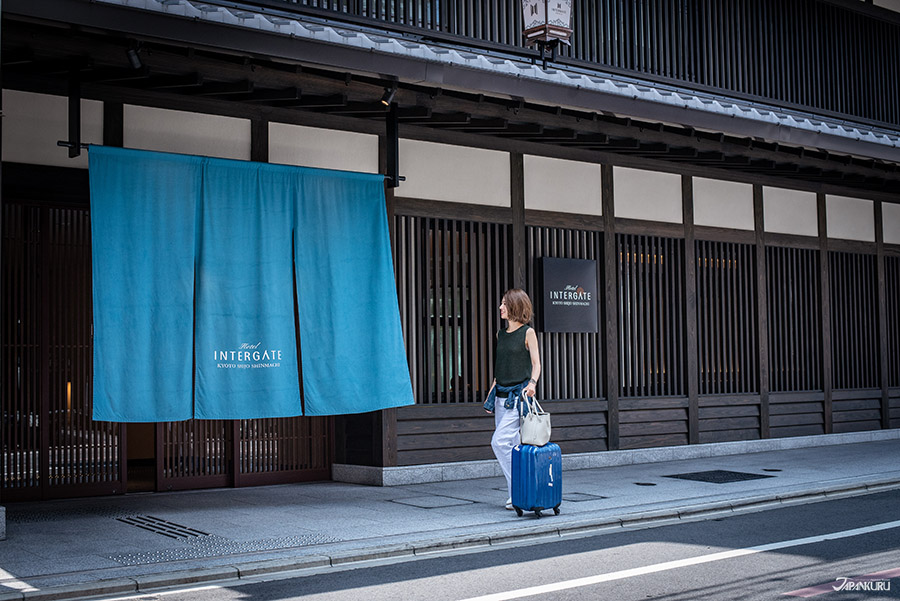

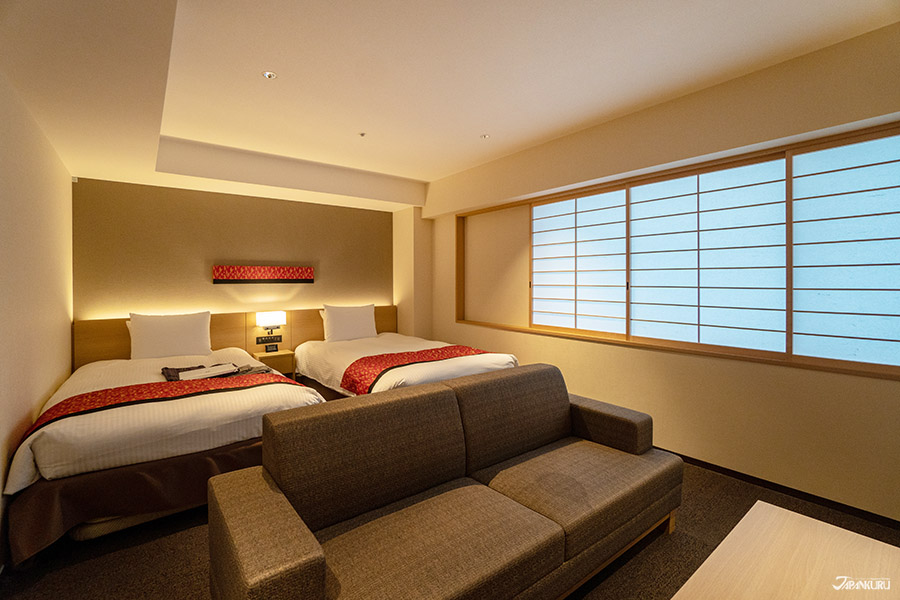

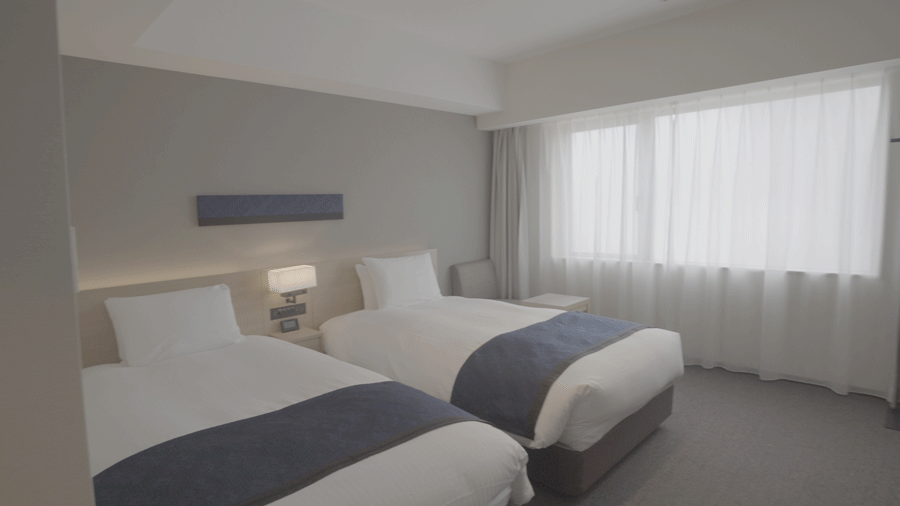

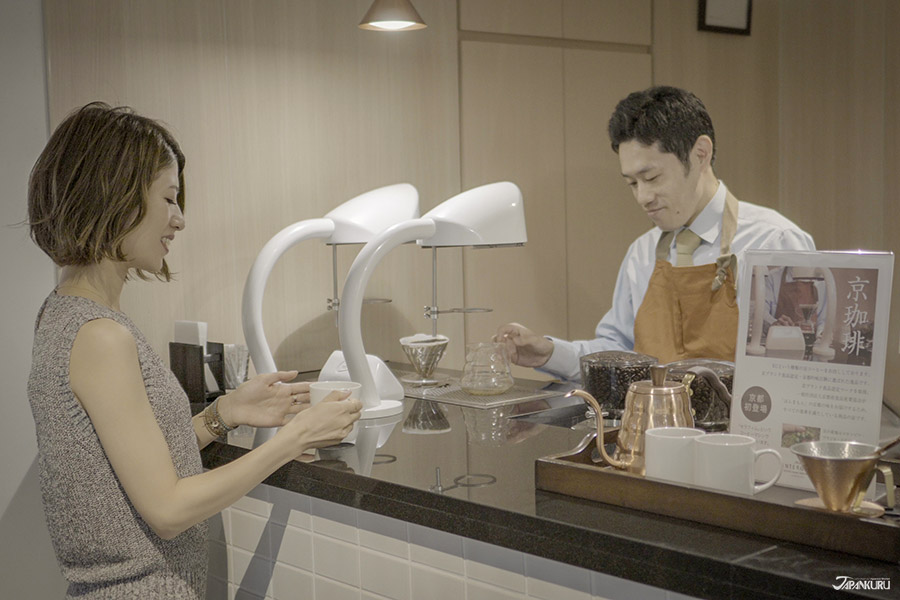
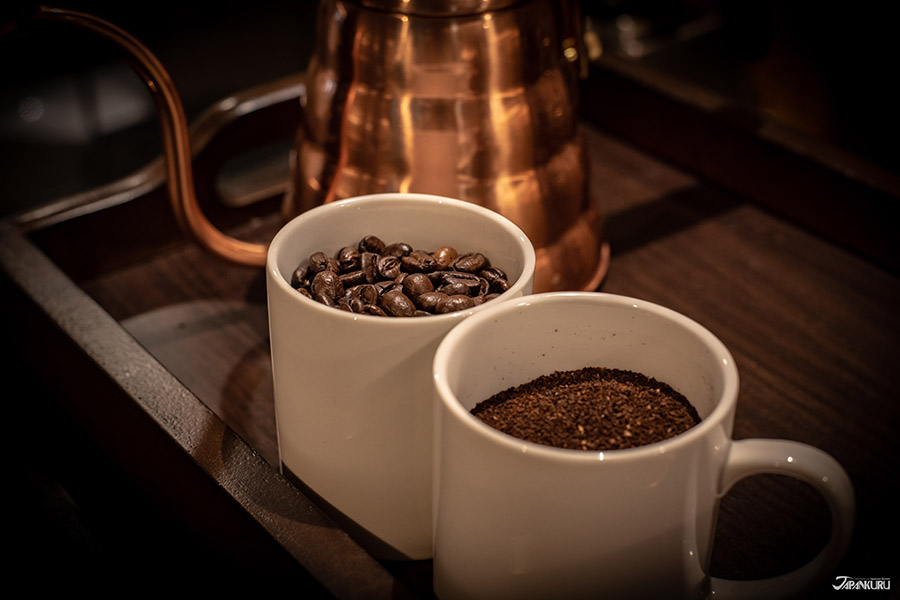

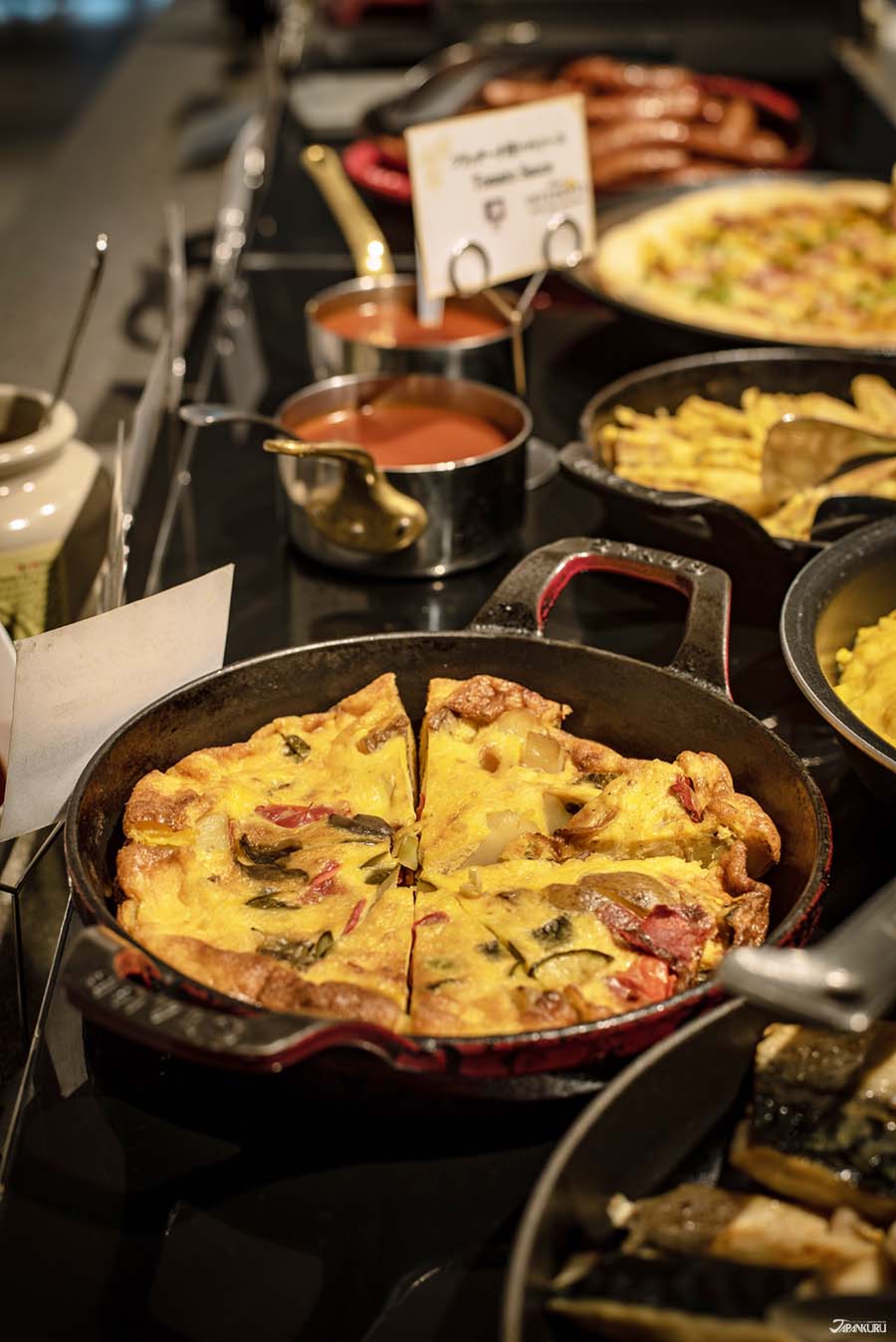


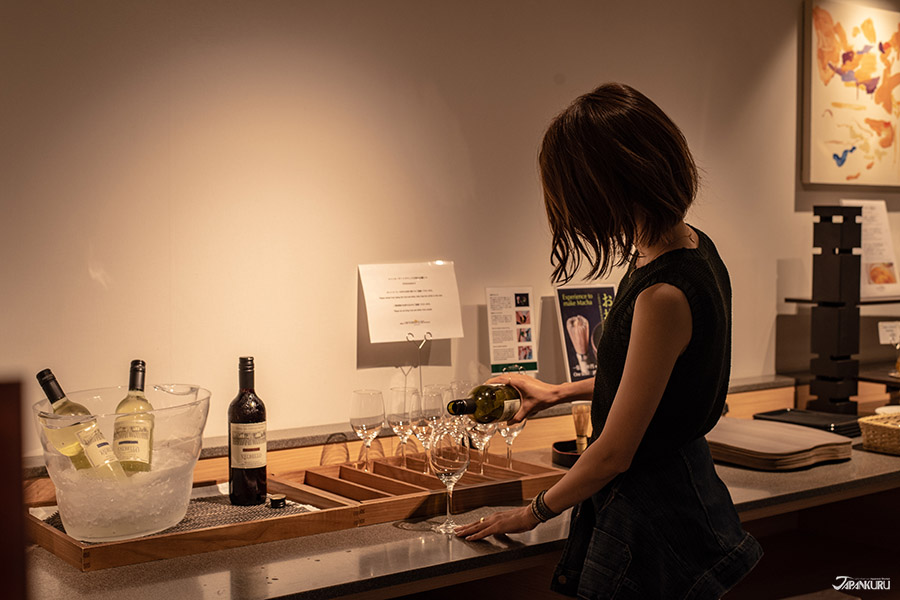
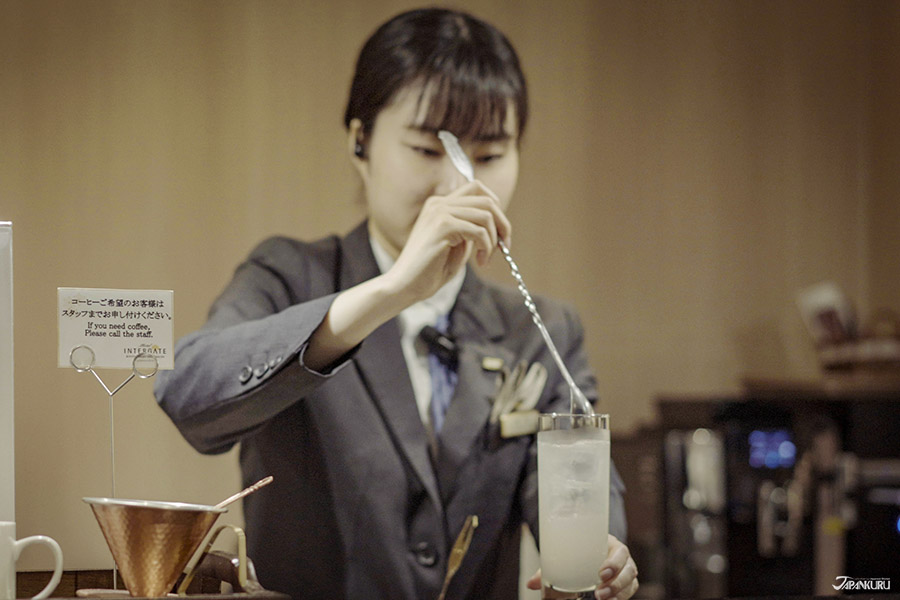




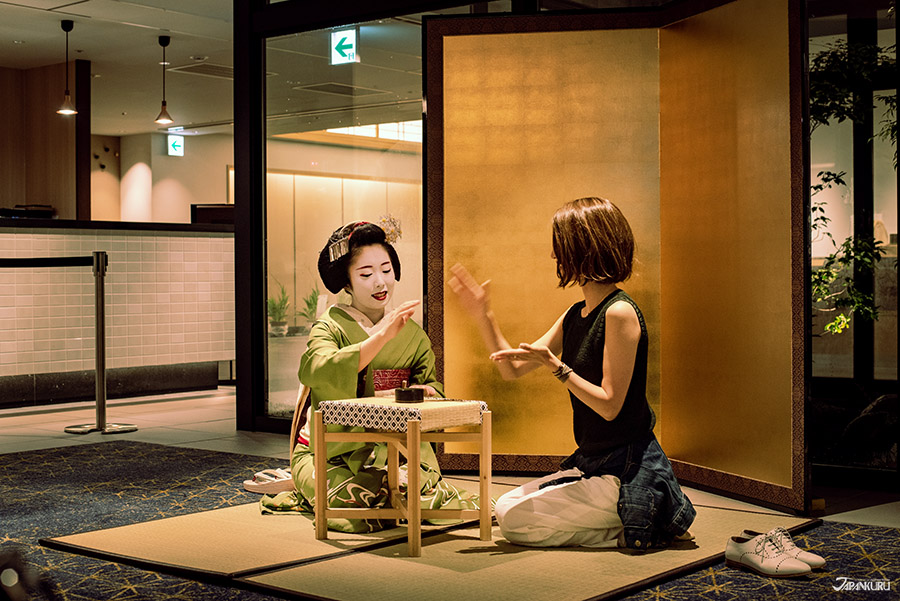
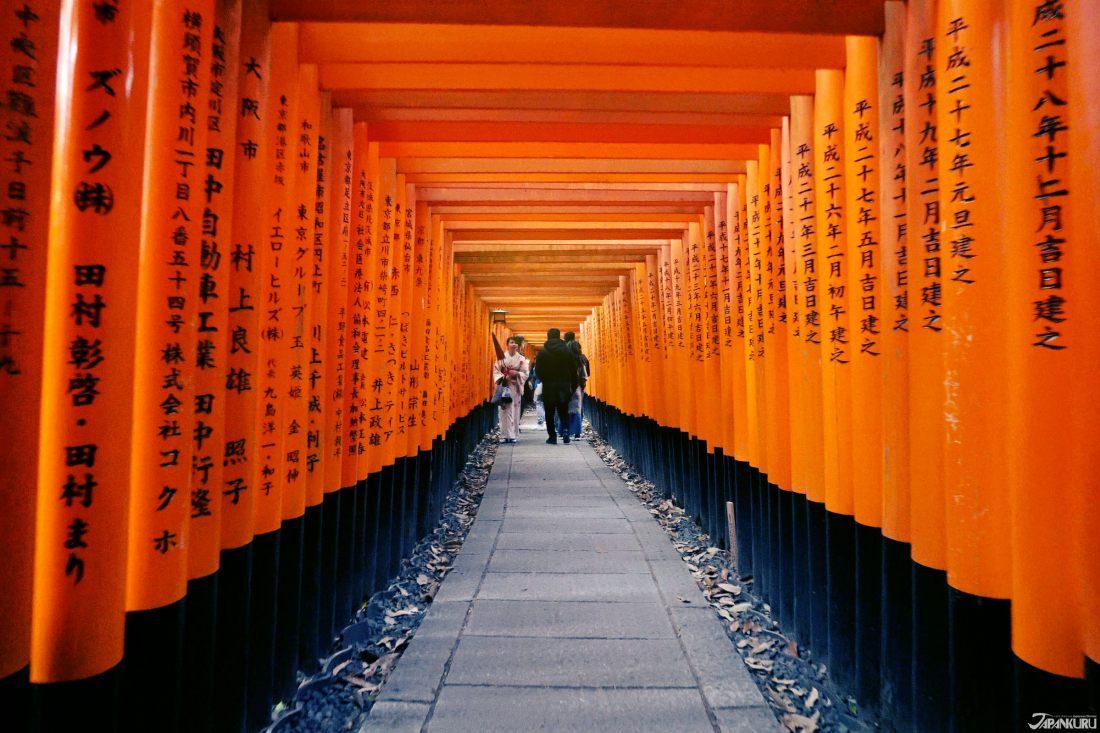
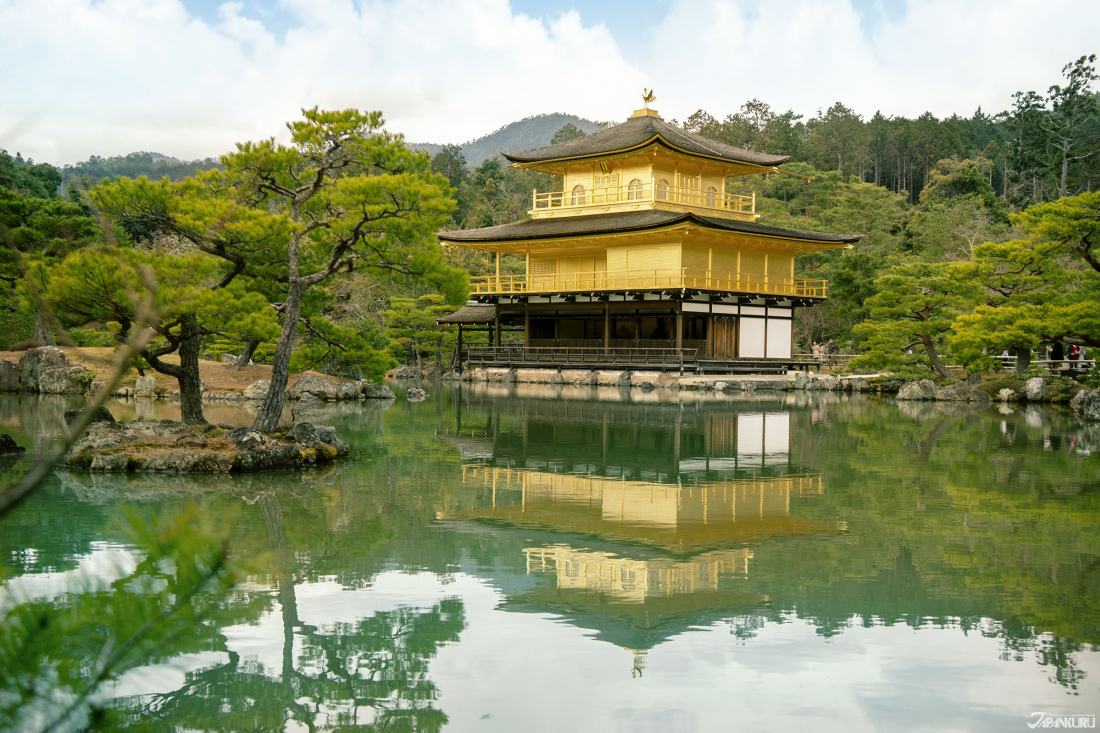
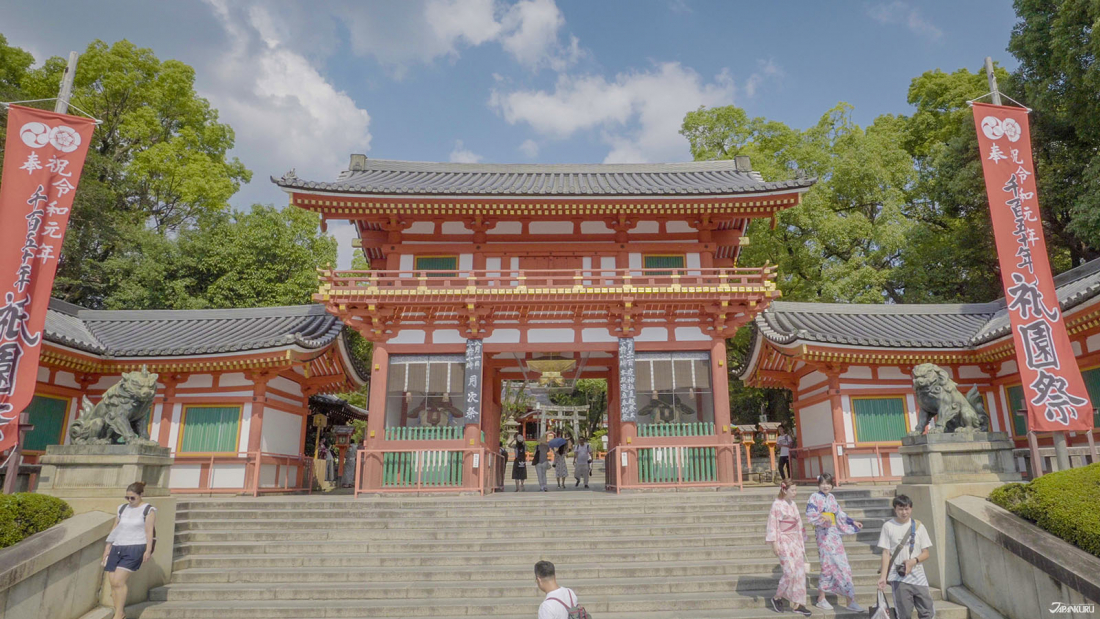
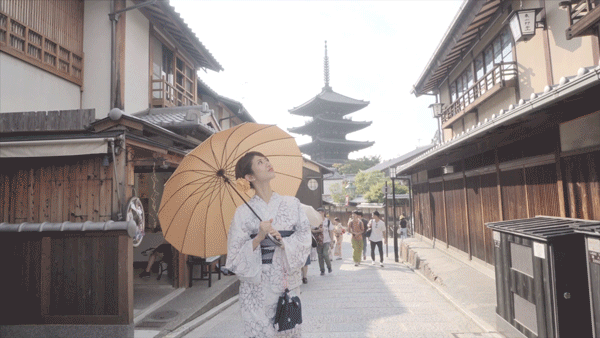
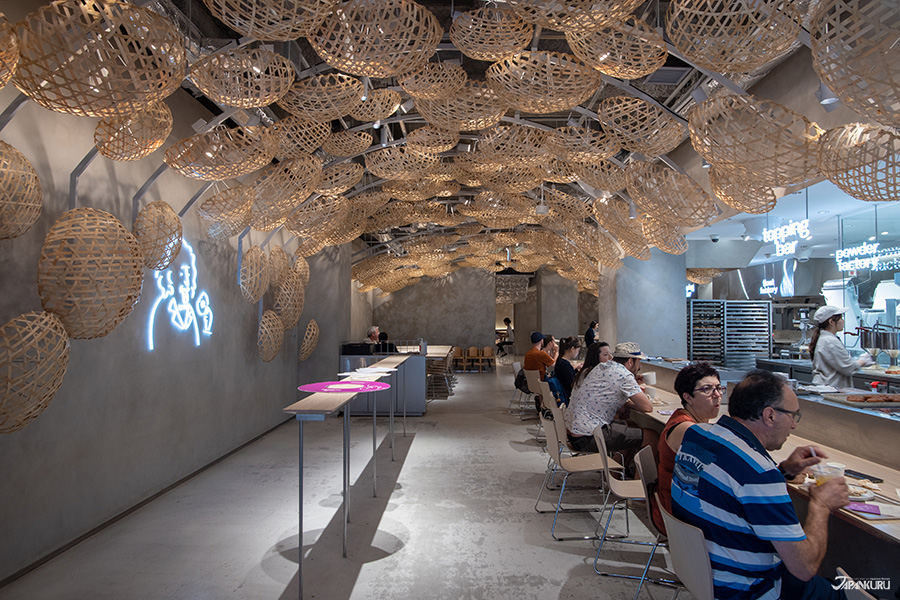
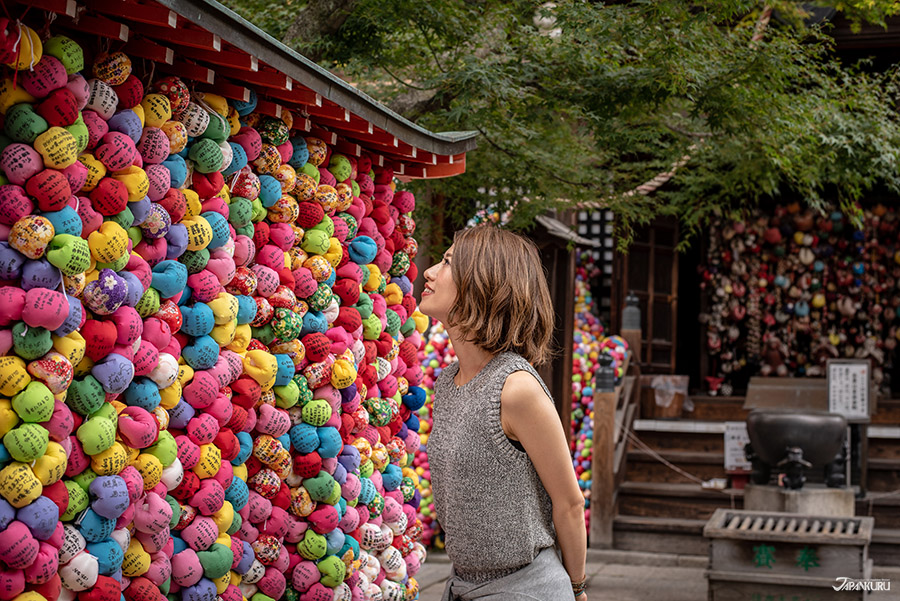





 >> Find out more at Japankuru.com! (link in bio)
#
>> Find out more at Japankuru.com! (link in bio)
#





 The Robot Restaurant is gone, but the Samurai Restaurant is here to take its place. Check it out, and don't forget your coupon!
The Robot Restaurant is gone, but the Samurai Restaurant is here to take its place. Check it out, and don't forget your coupon!
 신주쿠의 명소 로봇 레스토랑이 사무라이 레스토랑으로 부활! 절찬 쿠폰 발급중
신주쿠의 명소 로봇 레스토랑이 사무라이 레스토랑으로 부활! 절찬 쿠폰 발급중
 18歲以上才能入場的歌舞秀,和你想的不一樣!拿好優惠券去看看~
#tokyo #shinjuku #samurairestaurant #robotrestaurant #tokyotrip #도쿄여행 #신주쿠 #사무라이레스토랑 #이색체험 #할인이벤트 #歌舞伎町 #東京景點 #武士餐廳 #日本表演 #日本文化體驗 #japankuru #japantrip #japantravel #japanlovers #japan_of_insta
18歲以上才能入場的歌舞秀,和你想的不一樣!拿好優惠券去看看~
#tokyo #shinjuku #samurairestaurant #robotrestaurant #tokyotrip #도쿄여행 #신주쿠 #사무라이레스토랑 #이색체험 #할인이벤트 #歌舞伎町 #東京景點 #武士餐廳 #日本表演 #日本文化體驗 #japankuru #japantrip #japantravel #japanlovers #japan_of_insta
 코지마 x 빅 카메라 쿠폰으로 일본 가전 제품 쇼핑하기
#pr #japankuru #japanshopping #kojima #biccamera #japaneseskincare #yaman #dji #osmopocket3 #skincaredevice #日本購物 #美容儀 #相機 #雅萌 #日本家電 #일본여행 #면세 #여행꿀팁 #일본쇼핑리스트 #쿠폰 #일본쇼핑 #일본브랜드 #할인 #코지마 #빅카메라 #japankurucoupon
코지마 x 빅 카메라 쿠폰으로 일본 가전 제품 쇼핑하기
#pr #japankuru #japanshopping #kojima #biccamera #japaneseskincare #yaman #dji #osmopocket3 #skincaredevice #日本購物 #美容儀 #相機 #雅萌 #日本家電 #일본여행 #면세 #여행꿀팁 #일본쇼핑리스트 #쿠폰 #일본쇼핑 #일본브랜드 #할인 #코지마 #빅카메라 #japankurucoupon








































